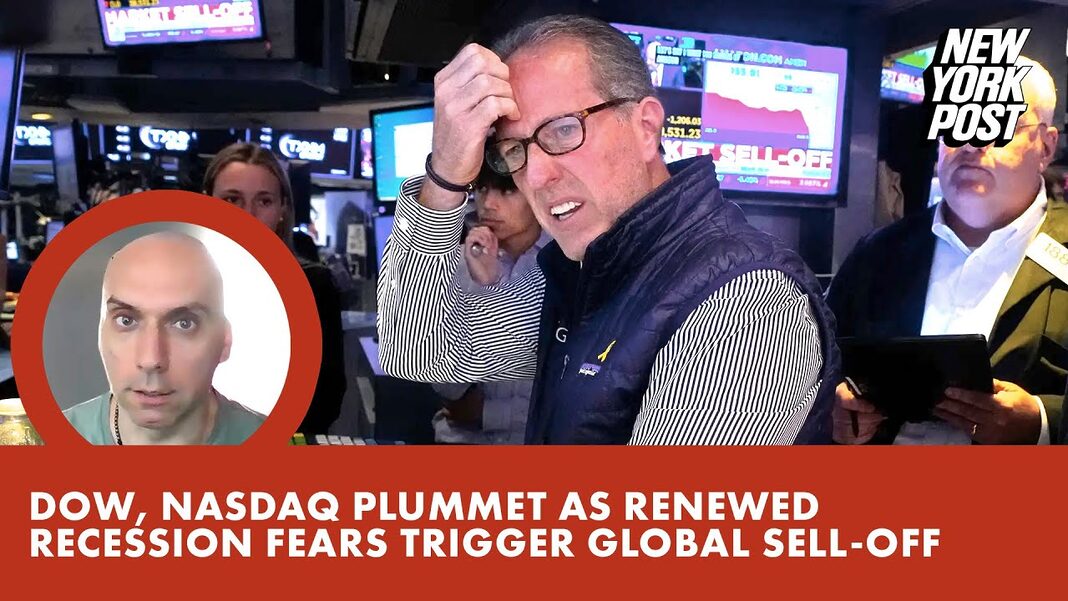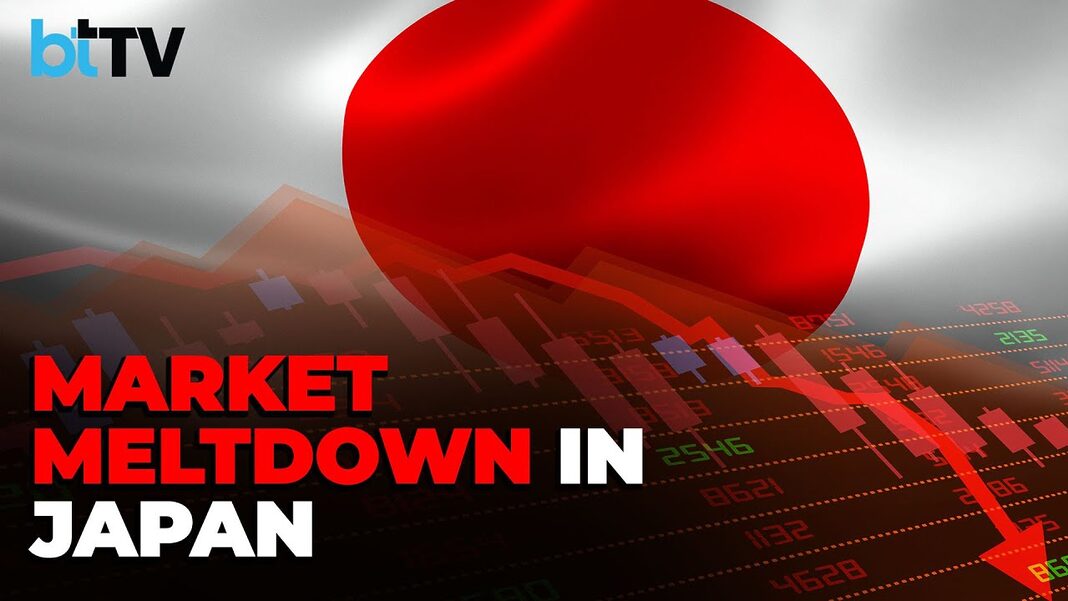
The U.S. stock market saw an ugly opening on Monday morning.
U.S. stocks took a nosedive on Aug. 5 amid a worldwide stock market selloff as fears of a possible U.S. recession have mounted in recent days.
The Dow Jones Industrial Average dropped 1,033.99 to close at 38,703, while the Nasdaq Composite lost 3.43 percent and closed at 16,200. The S&P 500 slid by 3 percent.
Already on Aug. 5, Japan’s Nikkei 225 index nosedived by about 12 percent, the worst fall in its history, and Japan’s Topix index fell 12.2 percent. Yields on U.S. government bonds hit multi-month lows, with the 10-year note last at 3.68 percent, while the two-year slipped to 3.69 percent.
A weak jobs report from the U.S. Department of Labor last week coupled with shrinking manufacturing activity in the world’s largest economy as well as dismal forecasts from top U.S. technology companies pushed the Nasdaq 100 lower as well.
Analysts at Goldman Sachs also noted the Fed’s ability to boost market optimism, estimating a 25 percent likelihood of a U.S. recession, whereas JPMorgan analysts were more bearish, assigning a 50 percent probability to a recession. “Now that the Fed looks to be materially behind the curve, we expect a [basis points] cut at the September meeting, followed by another 50 [basis points] cut in November,” economist Michael Feroli said.
Major Wall Street brokerages also revised their Federal Reserve rate projections for 2024 to show greater policy easing by the central bank.
“I don’t think the Fed would go 50 basis points because at the same time, it would imply that the Fed was wrong, that a recession is right around the corner and it would do more to increase investor tension than it would to calm nerves,” Sam Stovall, chief investment strategist at CFRA Research, said. “If anything, I would say that the Fed might engage in an intra meeting, easing of 25 basis points to let the markets know that it is on top of the issue.”






